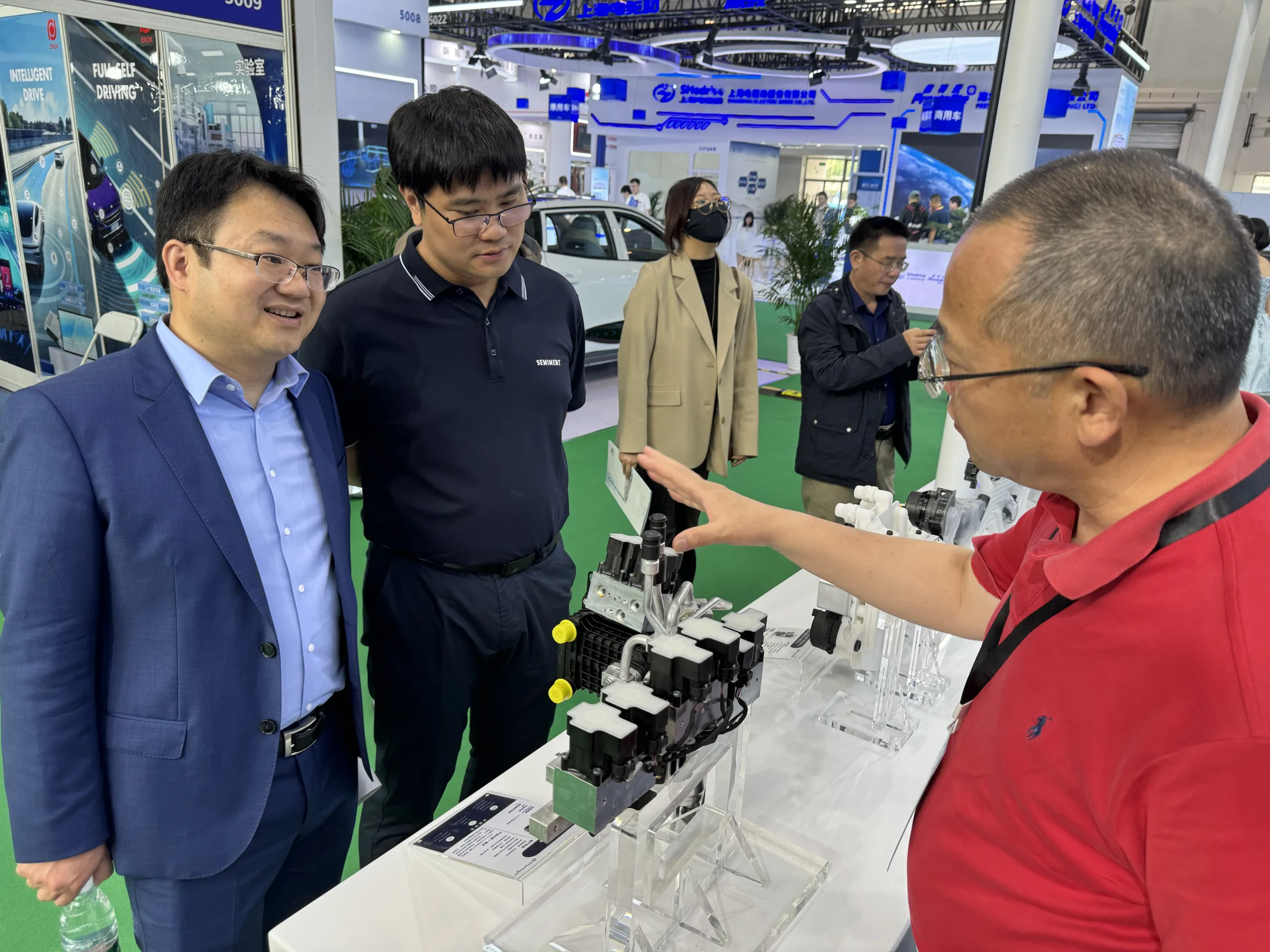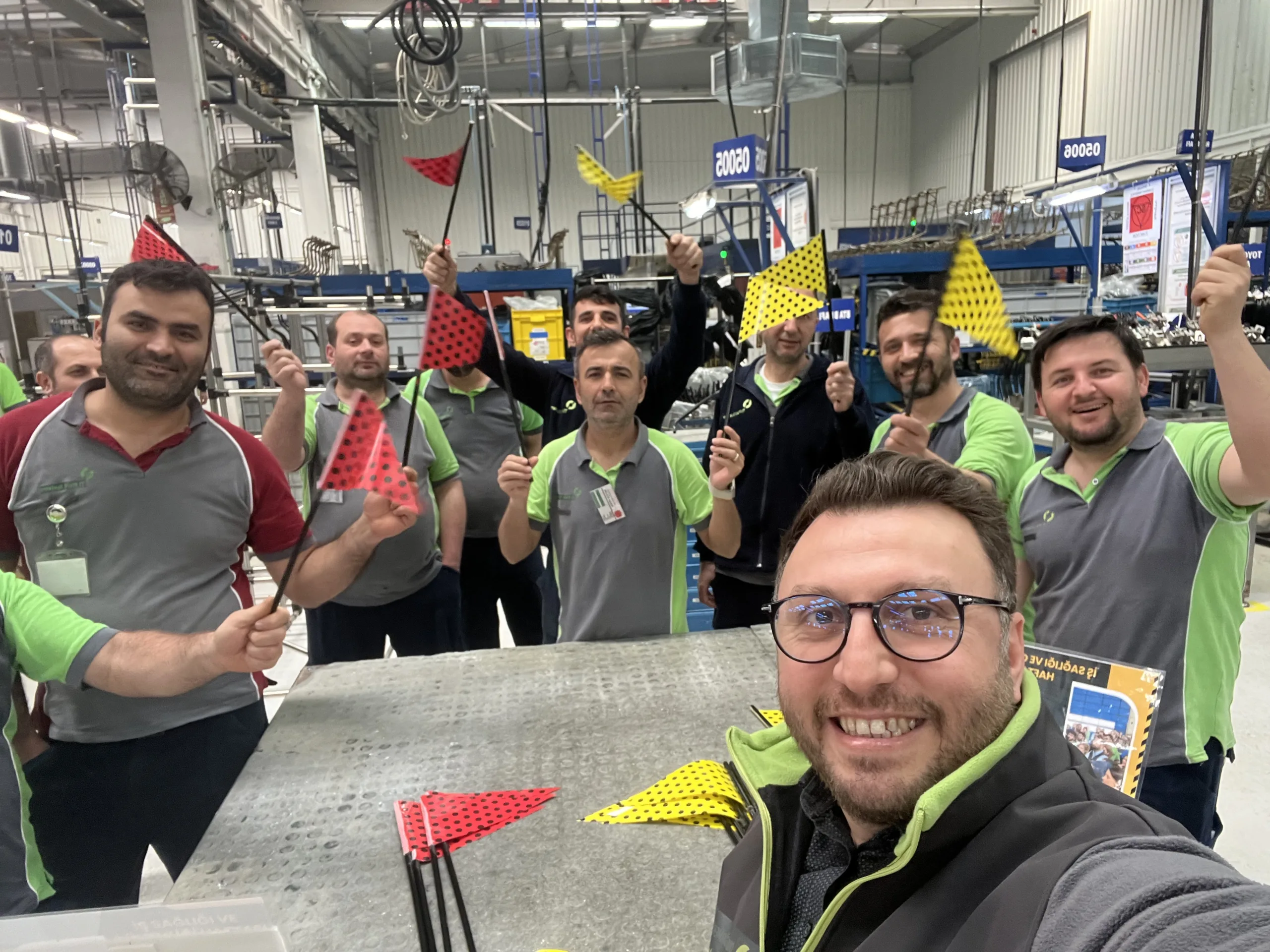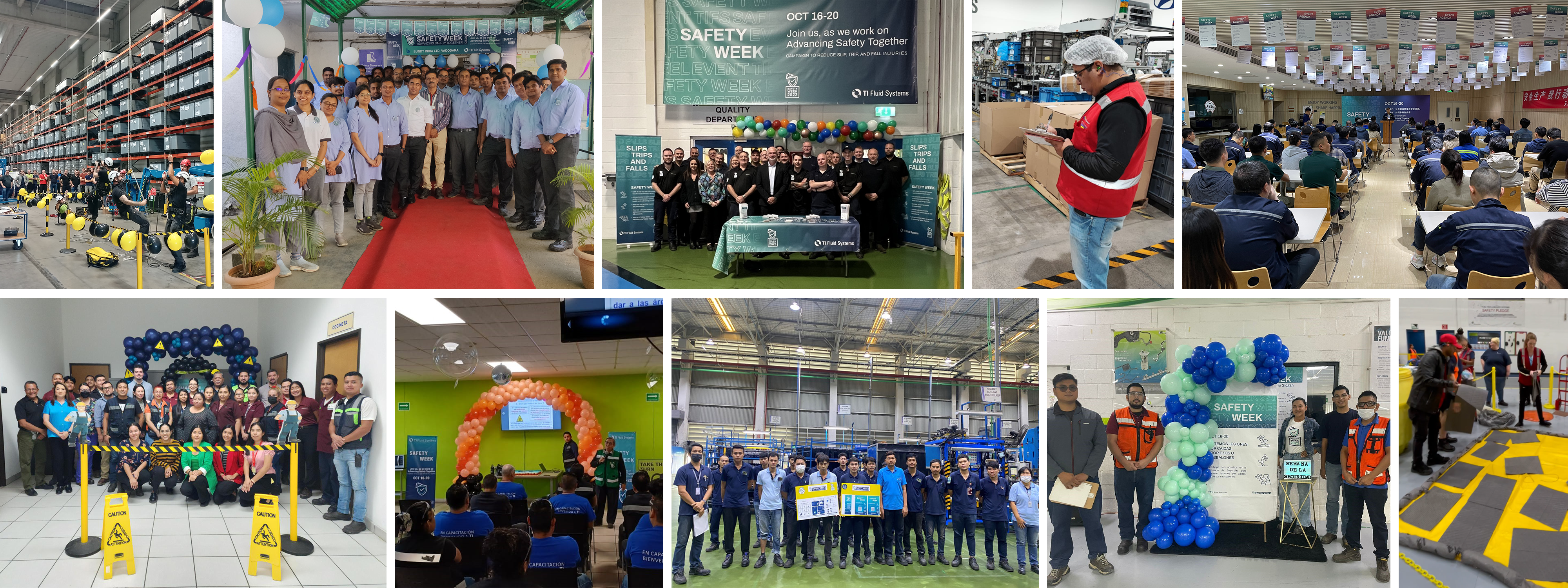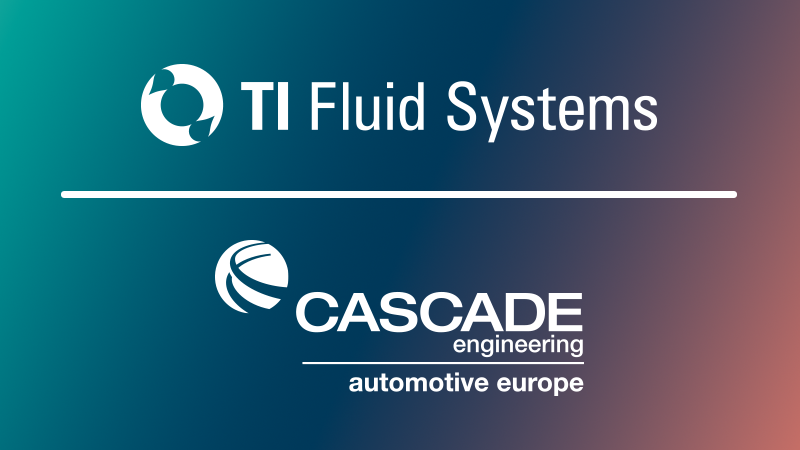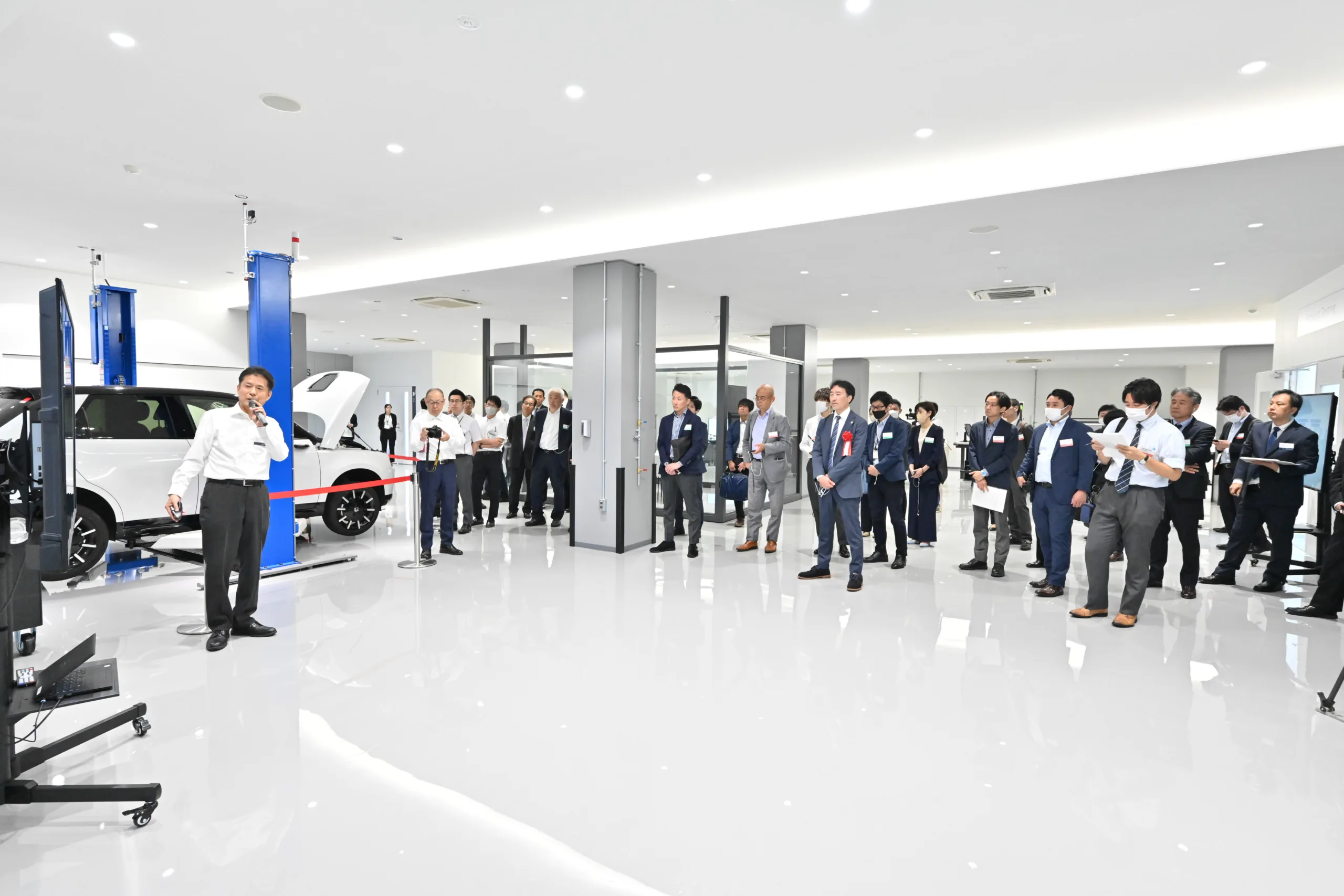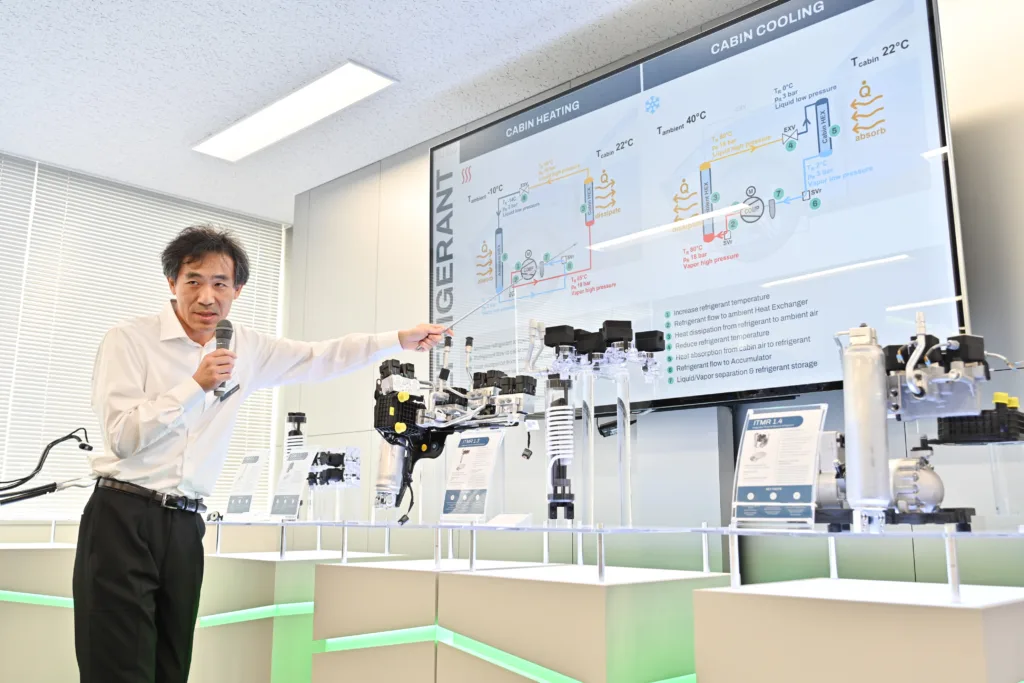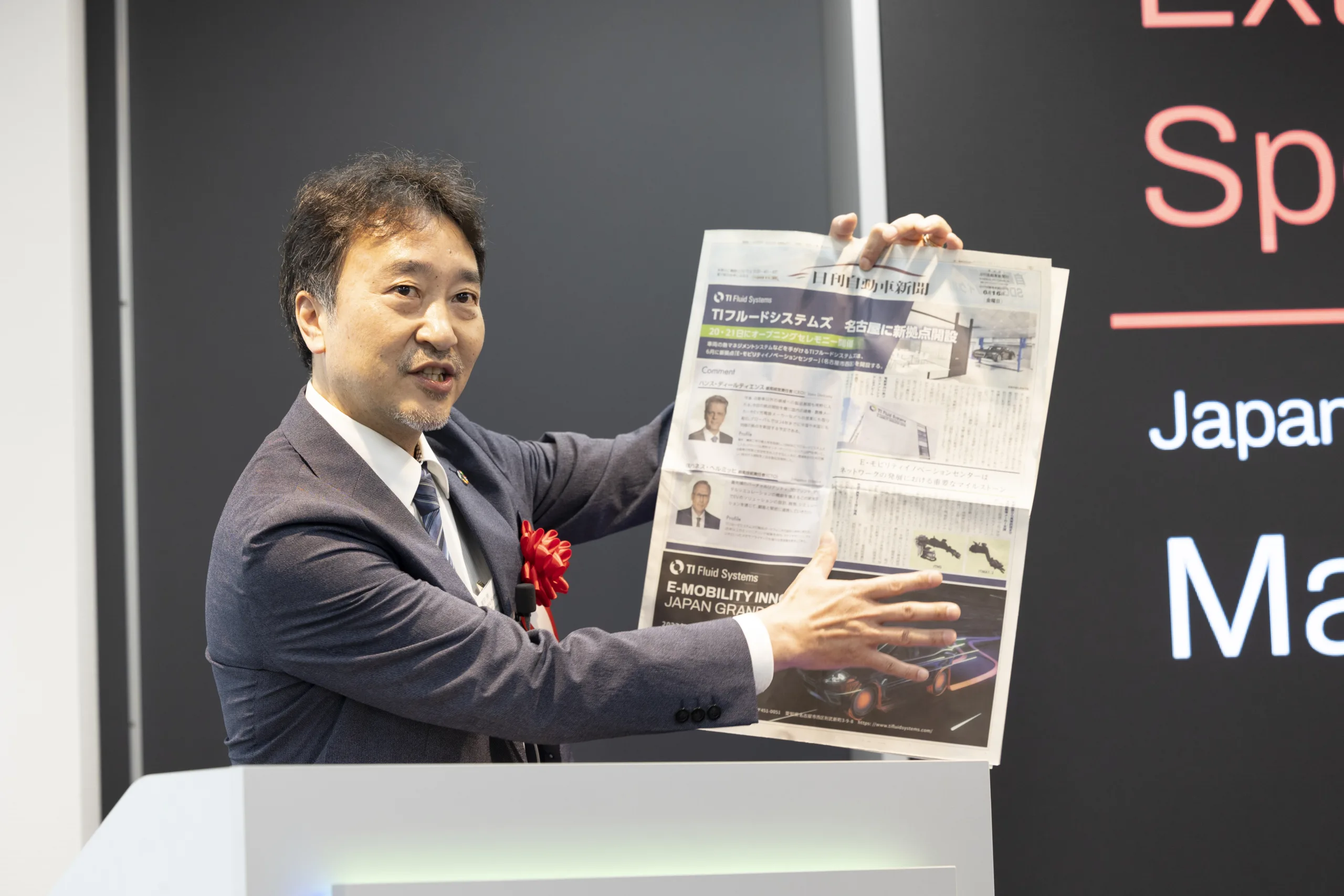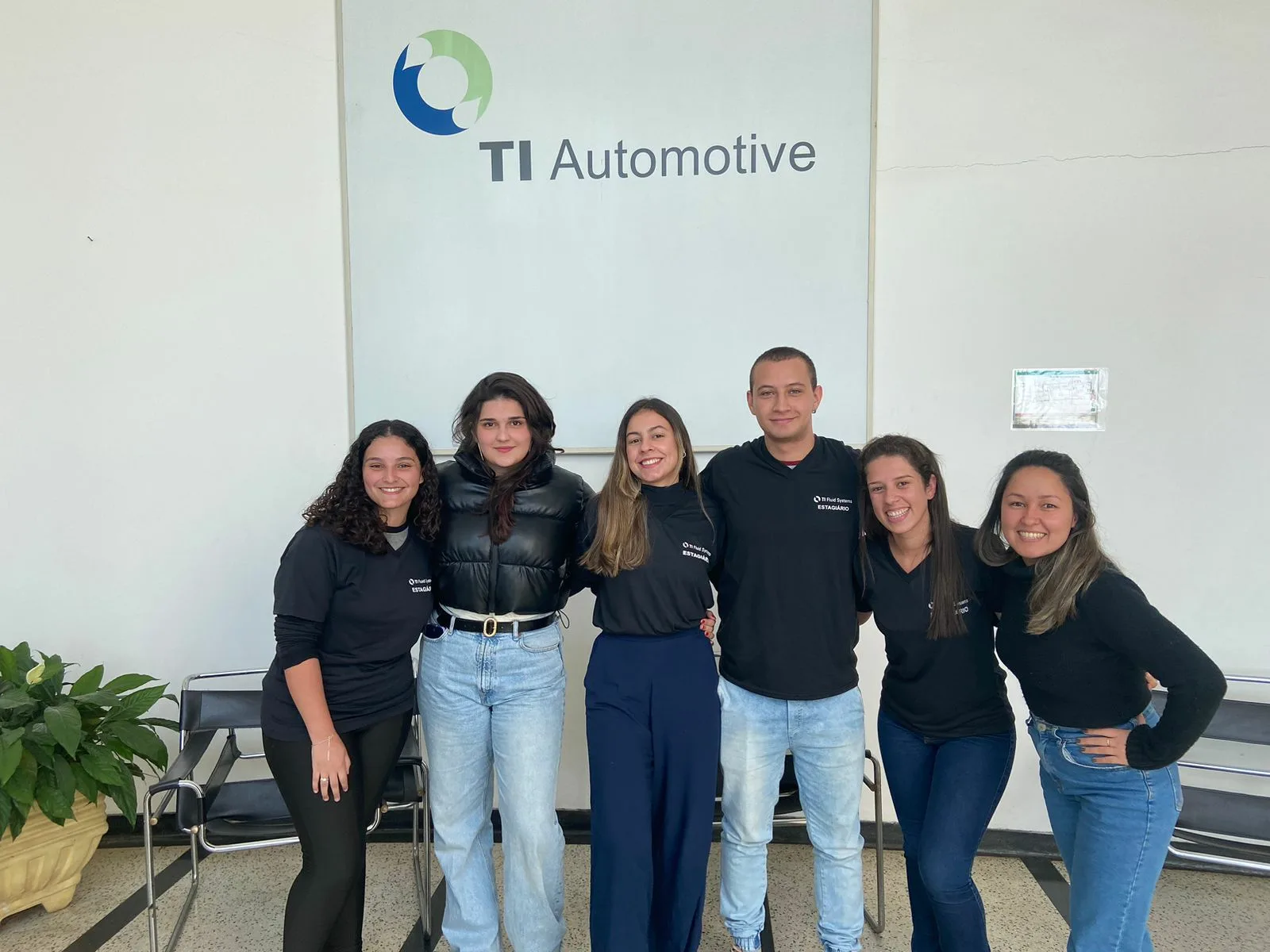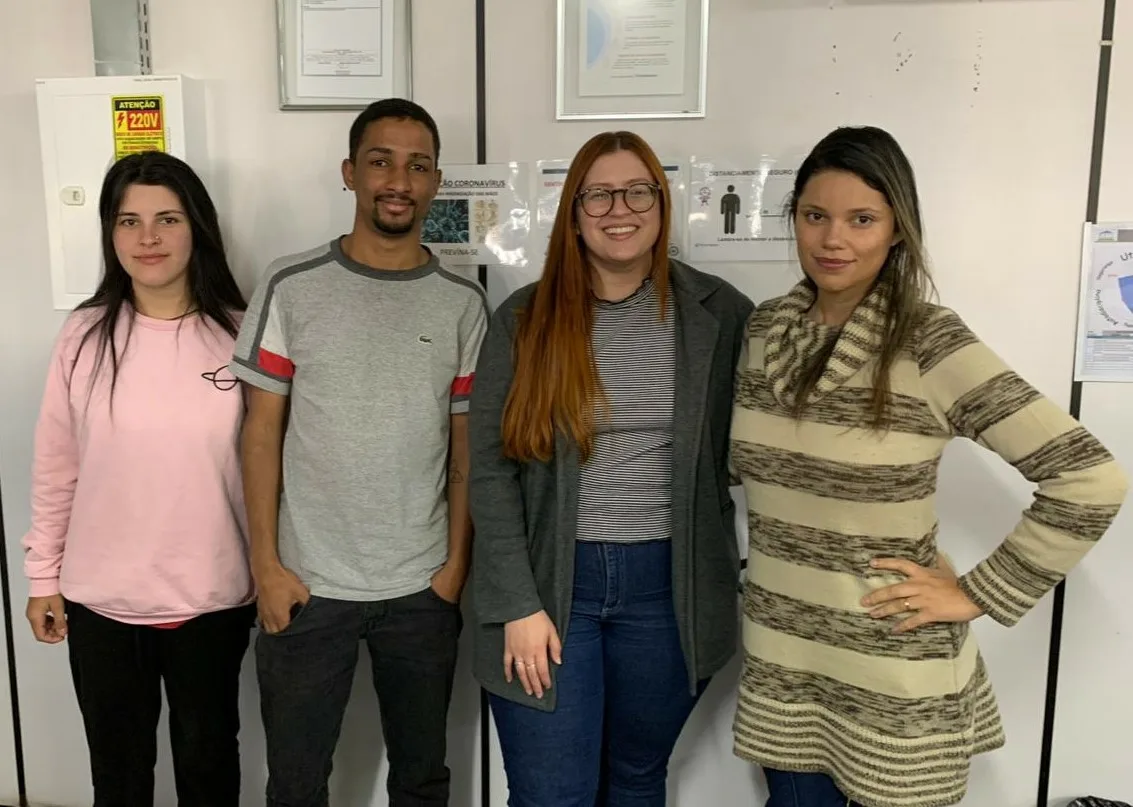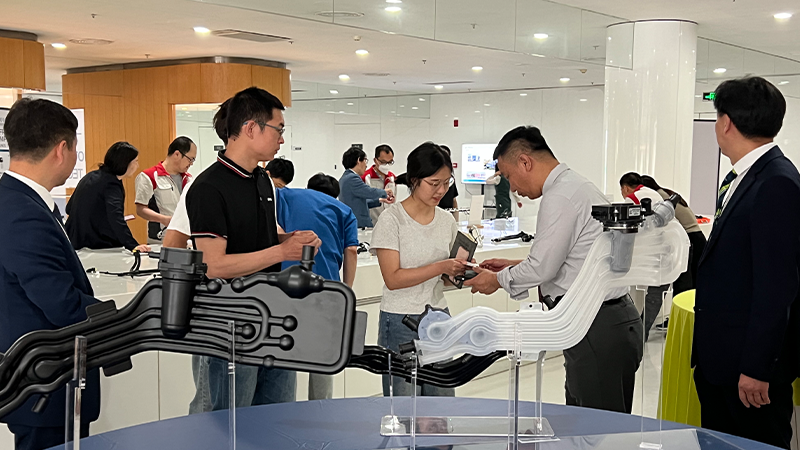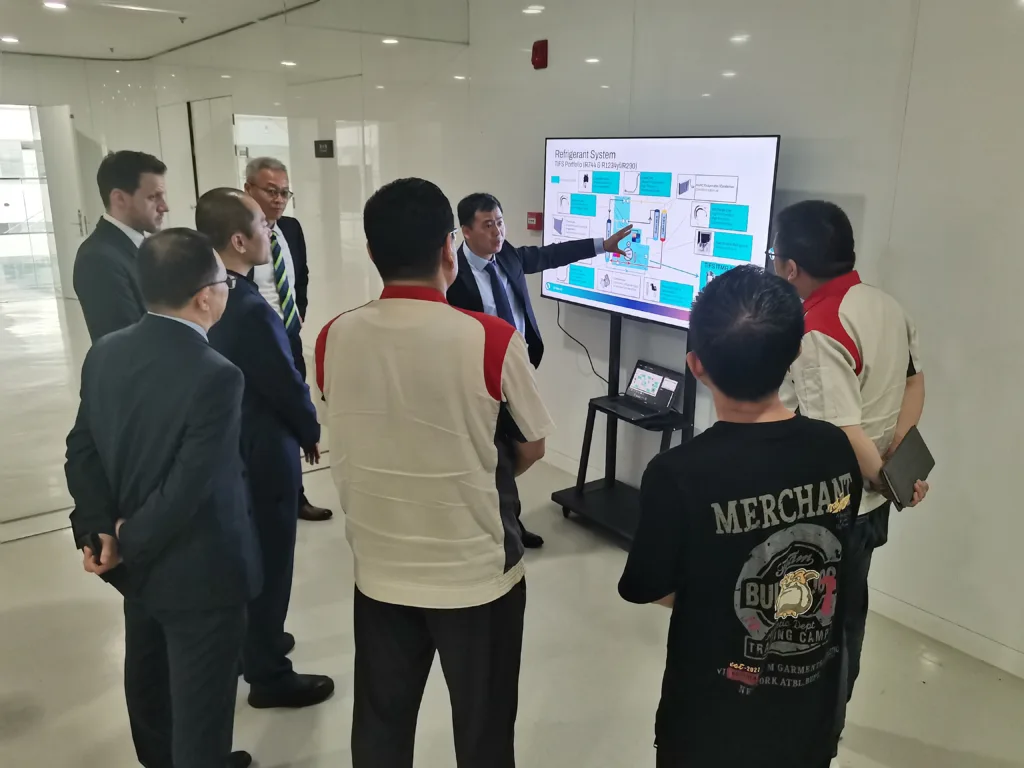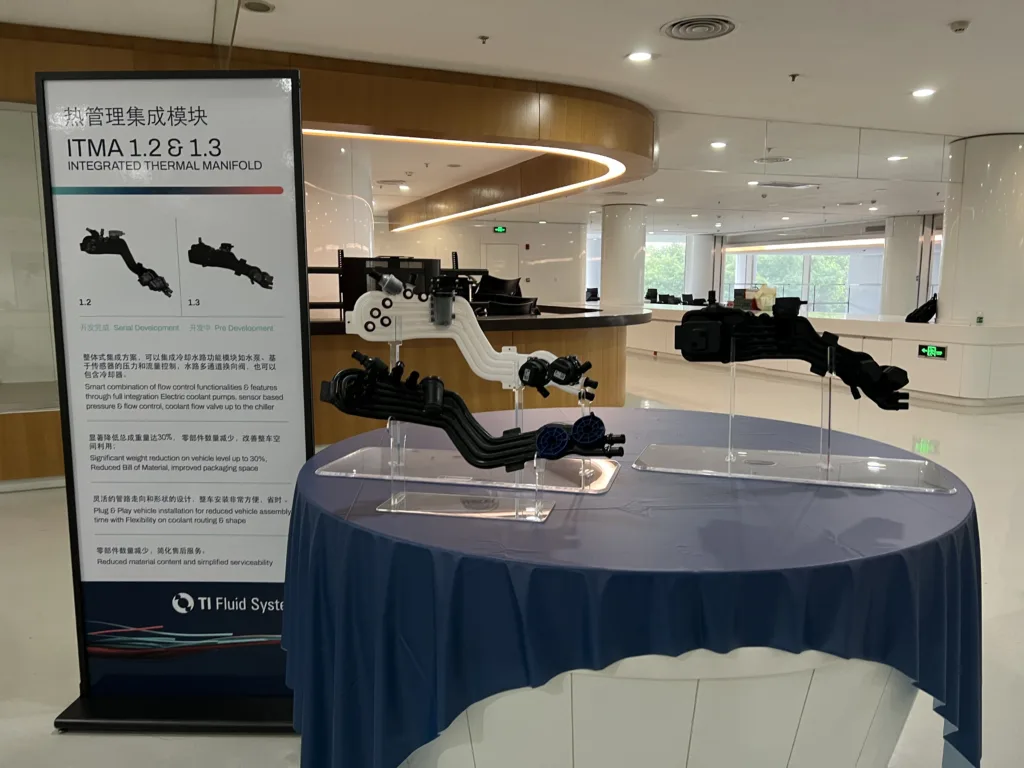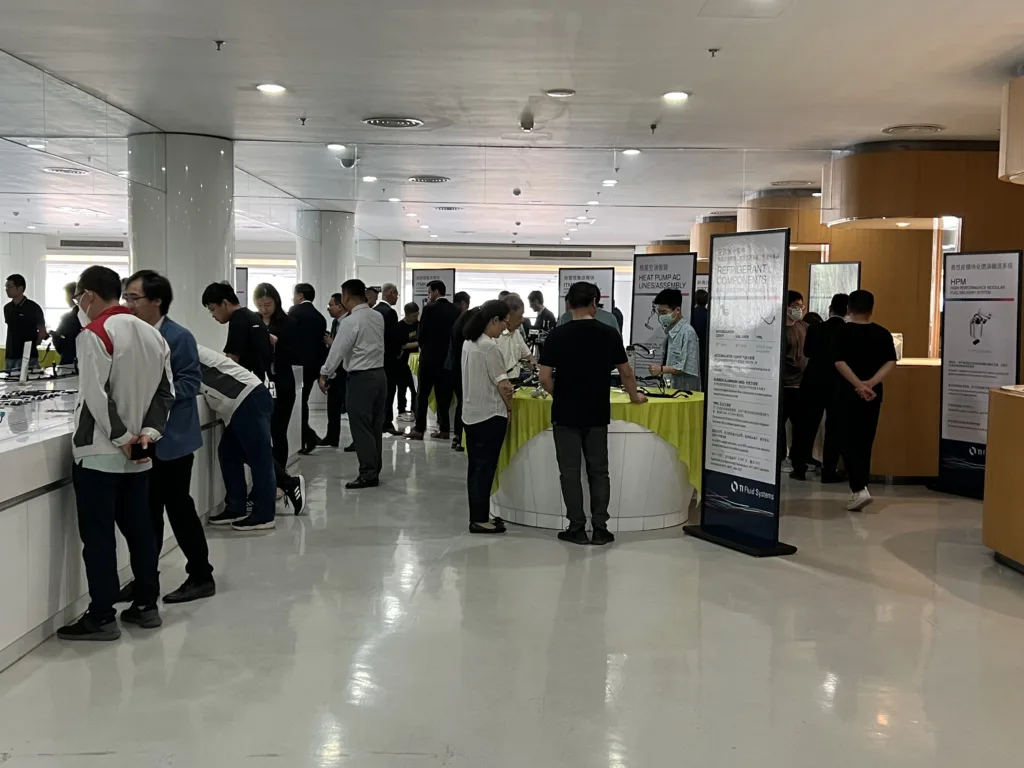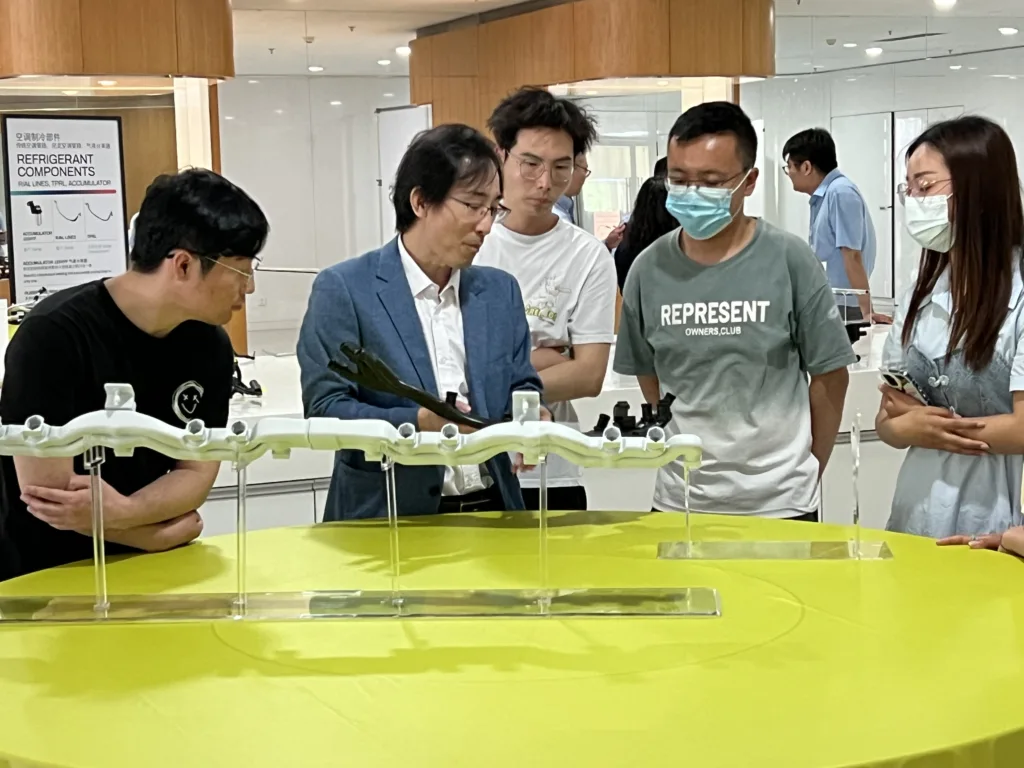In celebration of Pride Month this June, our U.S. Diversity & Inclusion (D&I) Committee organized a special event. We had the pleasure of welcoming Kevin Heard, President of the Detroit Regional LGBT Chamber of Commerce, for an interactive discussion on understanding intersectionality and its importance.
Kevin led us through a thought-provoking conversation about what intersectionality means and how it impacts every individual we interact with. Intersectionality examines how various social identities—such as race, gender, sexuality, and class—intersect to create unique experiences of discrimination or privilege. This makes it a crucial concept in building an inclusive workplace.
This event, organized by our dedicated U.S. D&I Committee, underscored our commitment to fostering a supportive and inclusive environment for all employees, including those in the LGBTQ+ community. By exploring intersectionality, we aim to deepen our understanding of diversity and strengthen our efforts to create a culture of equality and respect.
Kevin’s expertise and passion for promoting LGBTQ+ rights and inclusion provided us with valuable insights and practical strategies to enhance our workplace culture. His discussion encouraged us to reflect on our own experiences and consider how we can contribute to a more inclusive environment for everyone.
The event was also hosted on Juneteenth, a significant day in American history. Juneteenth commemorates the emancipation of enslaved African Americans and is a reminder of the ongoing struggle for racial equality. Observing Juneteenth alongside our Pride Month celebration highlights the importance of recognizing and addressing the diverse experiences and challenges faced by our colleagues and communities.
Thank you to the U.S. D&I Committee for organizing this important event, and to Kevin Heard for sharing his valuable insights with us. Together, we can make a difference and continue to build a workplace where diversity is not just acknowledged but celebrated.

